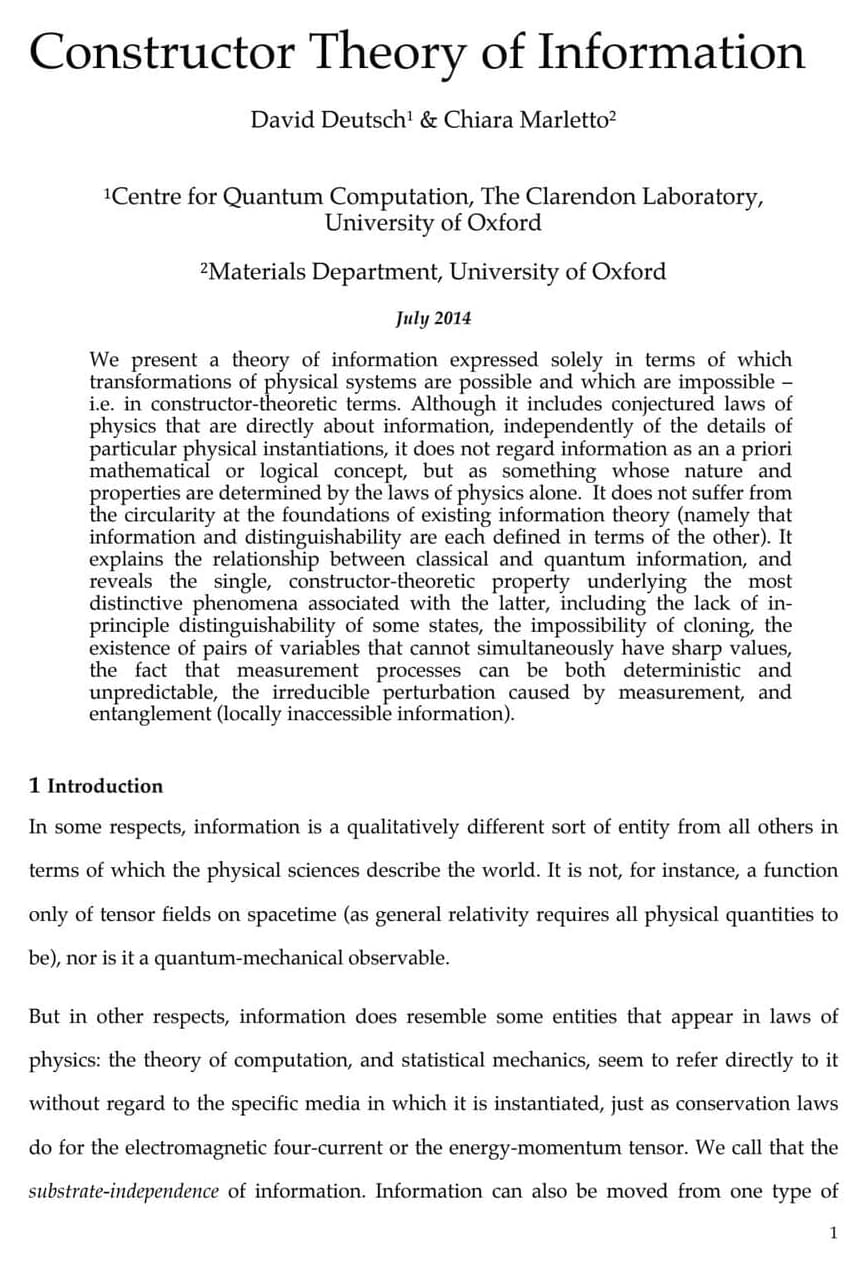The newly-discovered species belongs to Horaglanis, a genus of rarely-collected, tiny, blind, pigment less, and strictly aquifer-residing catfish.
It currently includes four species endemic to the southern Indian state of Kerala.


The Vertiia’s box wing design reduces wingtip drag and ups aerodynamic efficiency, which will let it operate smoothly in urban environments.

Predictive-learning models have been around for decades, but what is new about ChatGPT is the way it is trained, giving it access to larger sets of data.

José Cordeiro is convinced that victory over death is only a matter of time. He believes people will soon be able to choose the age at which they want to live.
José Cordeiro, living forever has been a dream of human beings since their beginning. Currently, we live for around 100 years, whales and turtles live even longer. Is that fair?

RoboCup is an annual international robotics competition proposed and founded in 1996 by a group of university professors. The aim of such a competition consists of promoting robotics and AI research, by offering a publicly appealing, but #formidable challenge.
In 2016, the world’s competition was held in Leipzig, Germany. RoboCup 2017 was held in Nagoya, Japan.
#Humanoid League.
===============================================================
Want to make a donation?
Here is my bitcoin address 3NbvUroYjMRoUQkqPPPBWkNXvj4gaAUcUN
===============================================================
Copyright © Thermo Man. All rights reserved.
https://www.youtube.com/channel/UCev3bR4qEEdCqiRGMkocKIQ
Playlist.
Shopping Playlist.
